LIMA, Peru — After more than 100 years, plants hidden deep within the tropical Andes and once thought extinct have been rediscovered with the help of community scientists. These plants are part of the Nasa genus from the Blazing Star family (Loasaceae). They have long perplexed scientists due to their delicate yet painfully stinging leaves, which make them hard to collect.
Most of these plants are rare, only present for short durations, and are found in specific regions, making them less likely to be stored in herbarium collections.
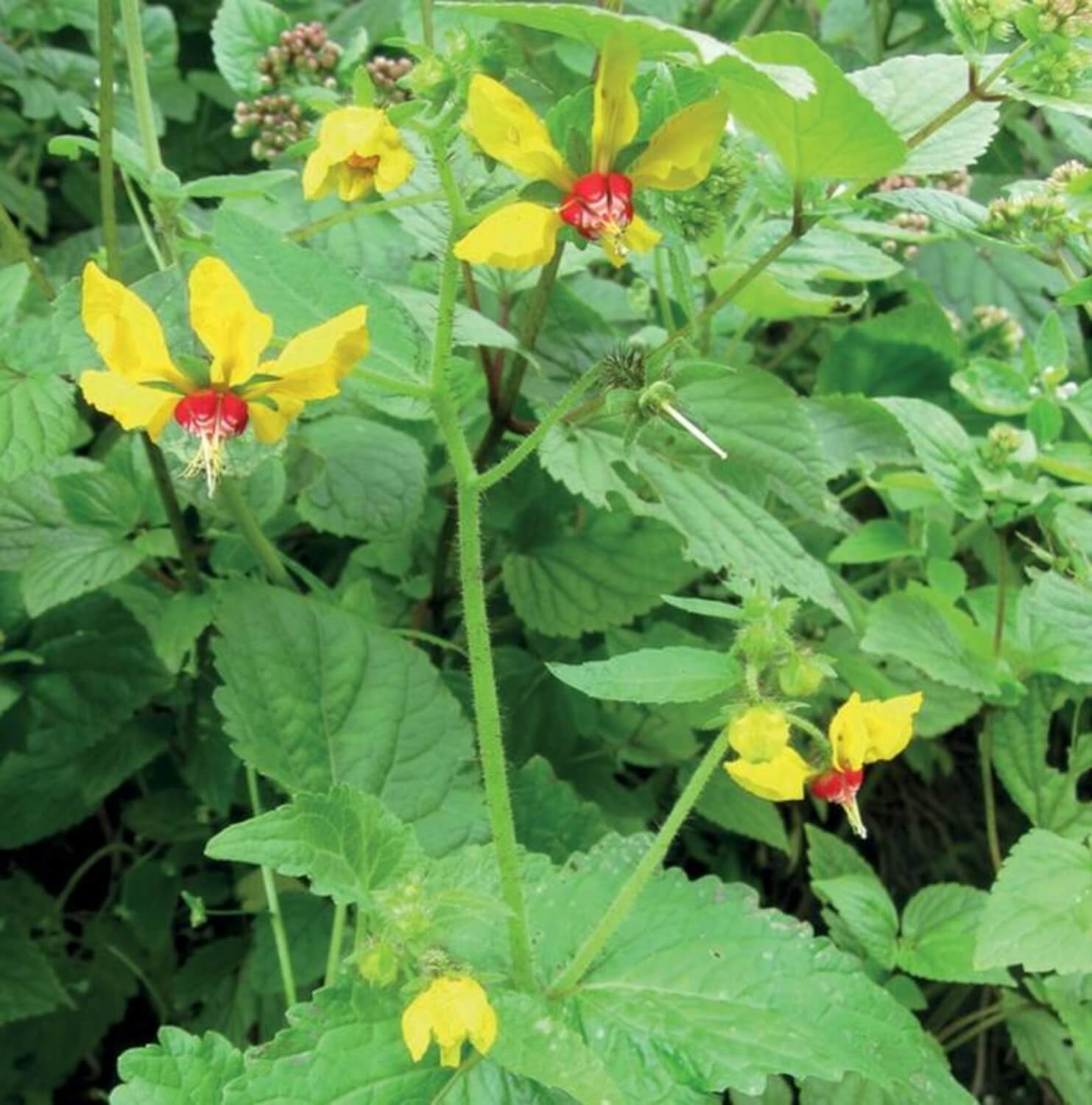
In the past, scientists mostly depended on herbaria for their plant data. However, with the rise of global networking and freely accessible data repositories, they now have access to a treasure trove of biodiversity data, such as geo-referenced occurrence records and photos. One such platform, iNaturalist, which allows users to post photographic records of plant occurrences, has proven instrumental in the rediscovery of these Andean plants.
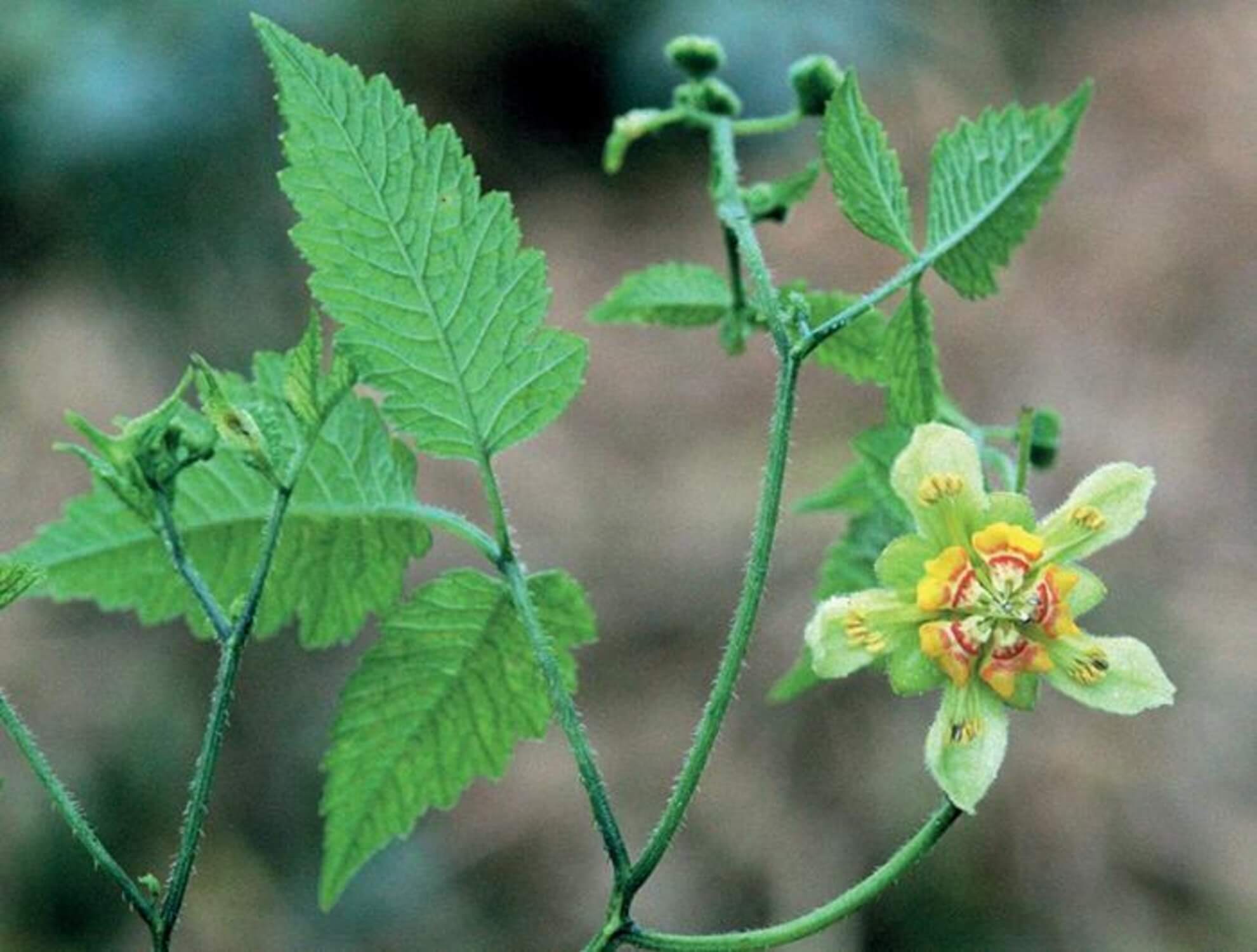
A case in point is the Nasa colanii species, which had only been documented once in 1978. The research team stumbled upon a 2019 photograph of the plant, which is native to an isolated cloud forest in the buffer zone of Peru’s Cordillera de Colán National Sanctuary, situated at an elevation of 2,605 meters above sea level (over 8,500 feet high).
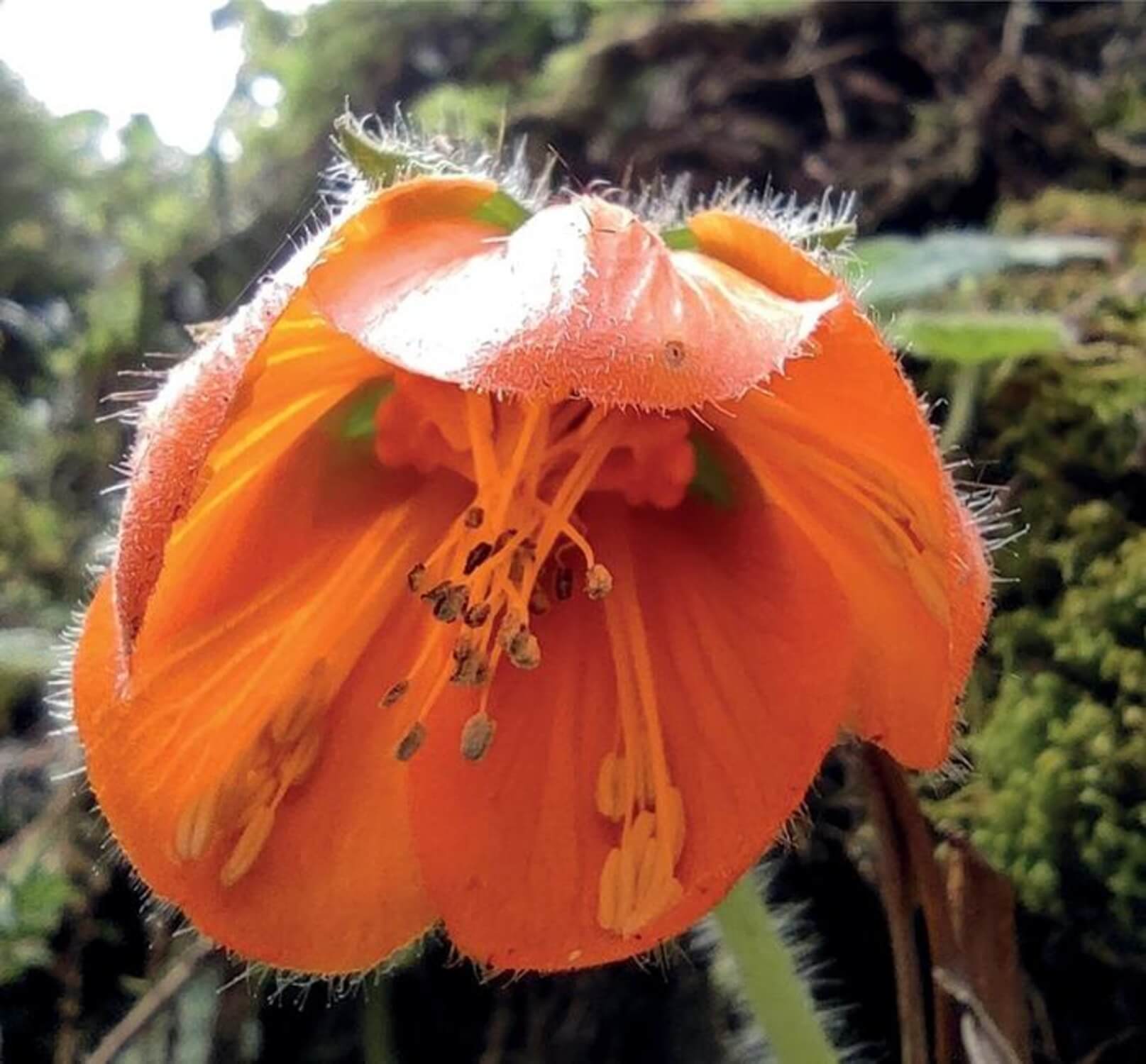
Similarly, Nasa ferox, which had gone unreported for around 130 years, was identified in 2022 when users uploaded its photographs on iNaturalist. Although it was known for centuries, its scientific description was only formulated in 2000. The research paper noted the surprising absence of this plant’s reports despite the vicinity of a major road and numerous botanical expeditions in the area. Today, only a small population of N. ferox has been identified, found in sheltered spots like rock crevices or at the base of shrubs.
After a staggering 162 years, the typical form of Nasa humboldtiana, known as Nasa humboldtiana subspecies humboldtiana, was rediscovered in a conserved segment of montane Andean forest in Chimborazo, Ecuador.
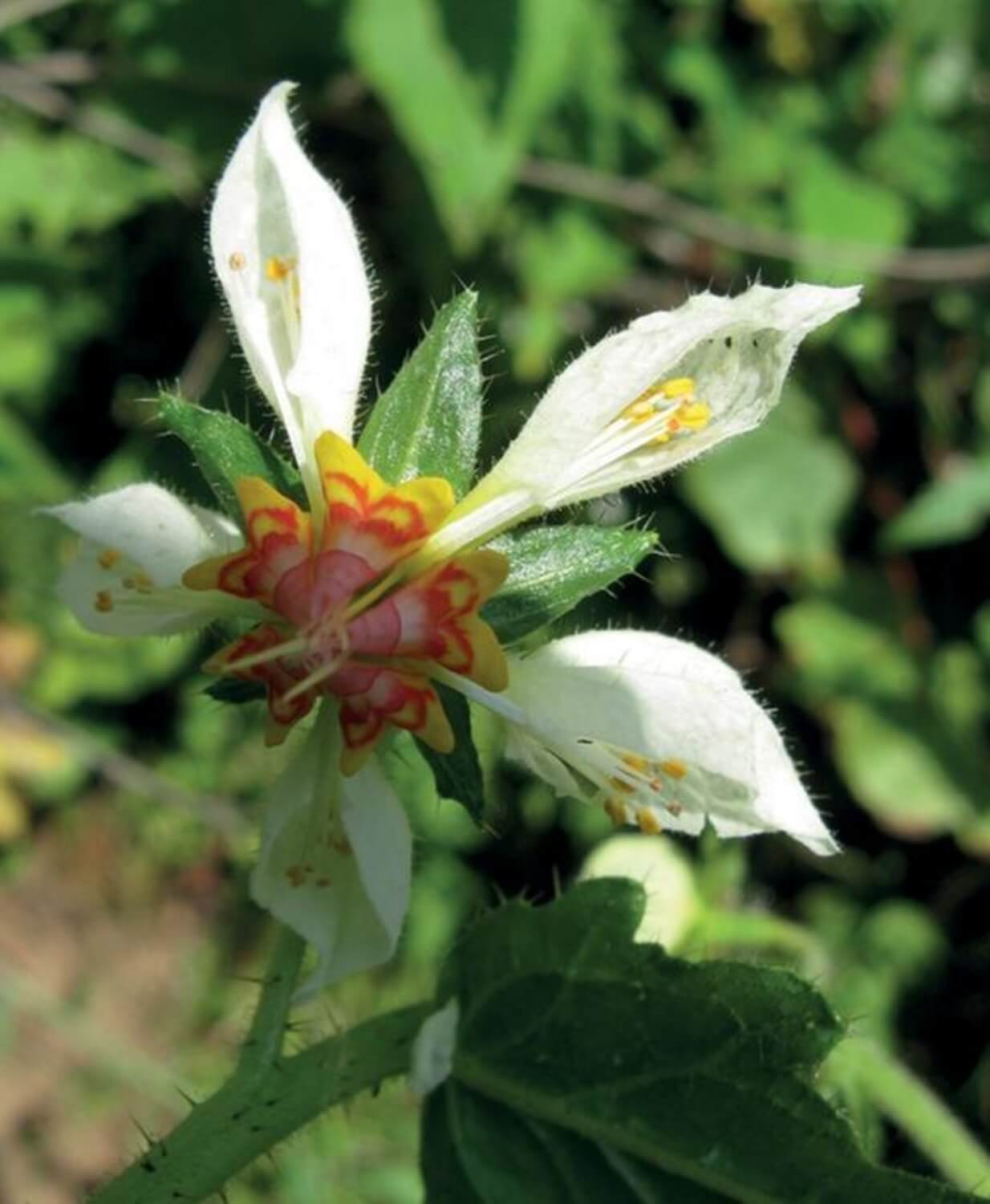
In a thrilling twist, a team of international researchers also discovered species presumed extinct. Nasa hastata and Nasa solaria, both indigenous to the Peruvian Department of Lima, had largely remained undetected in the wild. Thanks to iNaturalist, it was unveiled that they still thrive in the area. Photos of Nasa hastata taken by a relative of one of the authors were a major breakthrough in its rediscovery.
“All these discoveries serve as a reminder that even well-studied regions harbor diversity that can so easily remain overlooked and unexplored, and point to the role of botanists in documenting biodiversity which is an essential prerequisite for any conservation effort,” says Tilo Henning, the study’s leading author from the Leibniz Center for Agricultural Landscape Research (ZALF), in a media release.
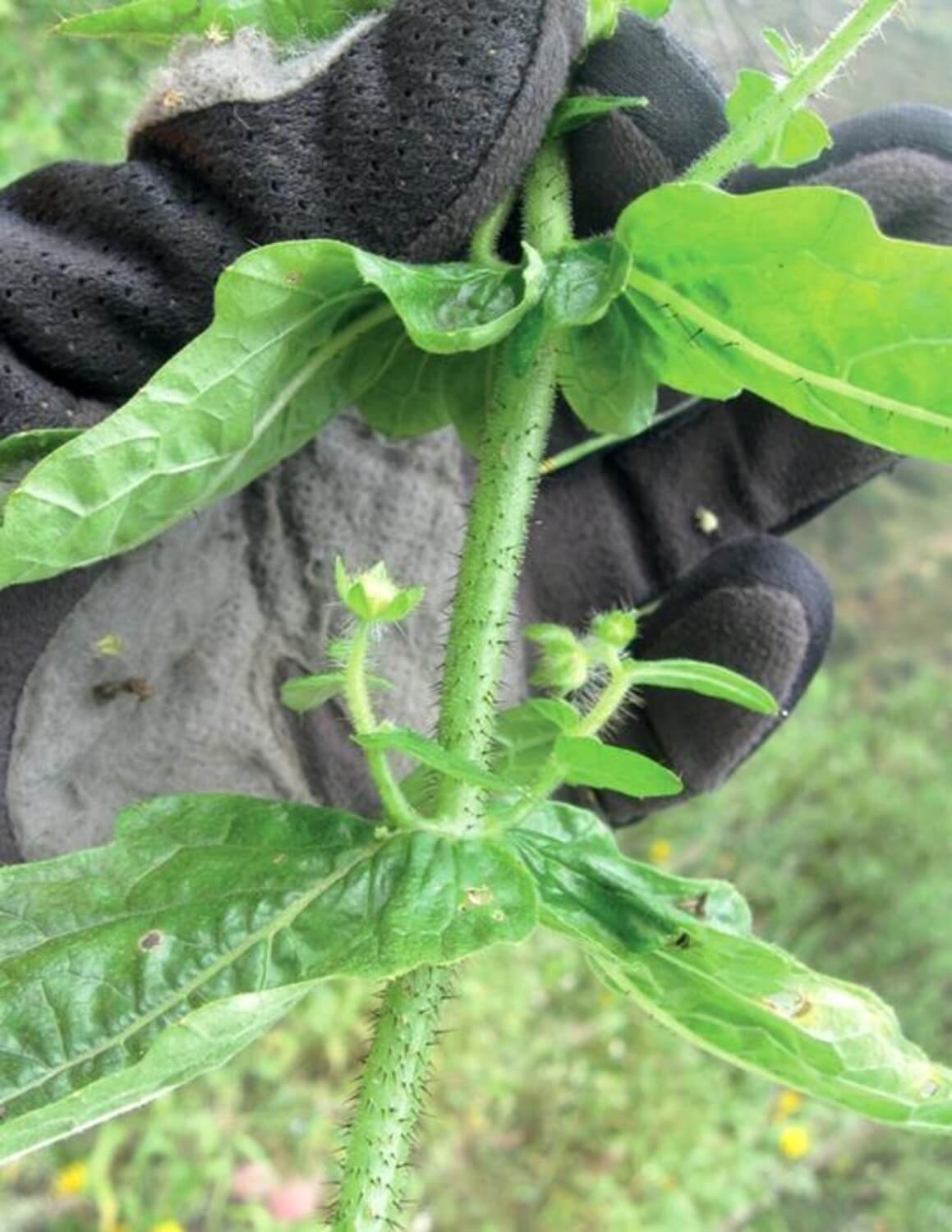
Researchers expressed hope that as more individuals contribute to databases like iNaturalist, there will be increased discoveries of “long lost” species.
The study is published in the journal PhytoKeys.
You might also be interested in:
- 3 roommates were bored during lockdown — They discovered over 1,000 species in their backyard!
- Flower power: Ancestors of modern-day plants survived mass extinction of the dinosaurs
- Our growing world in 2022: Here are some of the 146 spectacular new species discovered last year

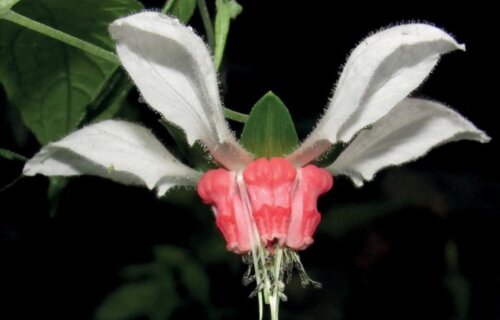
I would say that in most knowledgeable people’s collective view, the author here has lost some credibility by omiting Four Roses Small Batch and/or Four Roses Single Barrel.